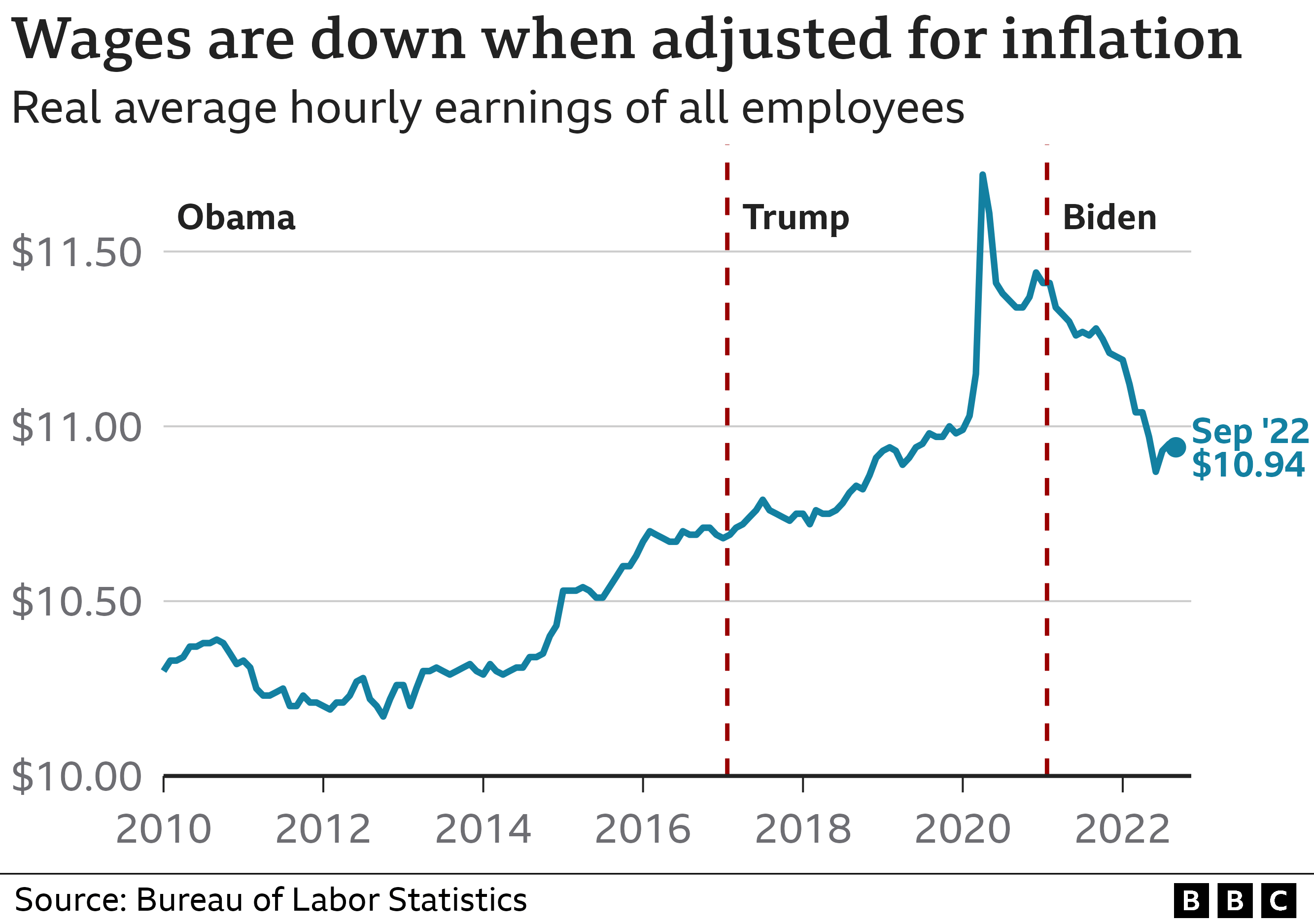The Trump Presidency And Economic Performance: A Data-Driven Assessment

Table of Contents
GDP Growth Under the Trump Administration
Annual GDP Growth Rates
Analyzing annual GDP growth provides a crucial overview of economic expansion during the Trump administration. Comparing these figures to previous administrations allows for a contextual understanding of the period's performance.
- 2017: 2.3% GDP growth. This marked a modest increase compared to the later years of the Obama administration.
- 2018: 2.9% GDP growth. This represented a slight acceleration, fueled in part by the Tax Cuts and Jobs Act.
- 2019: 2.3% GDP growth. Growth slowed slightly, reflecting both internal and global economic factors.
- 2020: -3.5% GDP growth. The COVID-19 pandemic significantly impacted the global economy, leading to a sharp contraction. This year cannot be solely attributed to Trump administration policies.
Comparing these figures to the Obama administration reveals a mixed picture. While growth was generally higher in some years under Trump, the impact of the pandemic significantly alters any long-term comparative analysis. External factors, such as global economic conditions and trade wars, significantly influenced these figures.
Job Creation and Unemployment Rates
Job creation and unemployment rates offer additional insights into the economic health during this period.
- Job Creation: While job creation figures were generally positive throughout most of the Trump presidency, the sector-specific breakdown reveals uneven growth. The service sector saw significant expansion, while manufacturing jobs grew at a slower rate.
- Unemployment Rates: Unemployment rates fell to historic lows before the pandemic. However, the pandemic dramatically increased unemployment, obscuring any longer-term trends attributable solely to the administration's economic policies.
- Contributing Factors: Technological advancements and automation alongside policy changes influenced employment figures. Understanding the interplay of these elements is crucial for a complete analysis.
Key Economic Policies and Their Impact
Tax Cuts and Jobs Act of 2017
The Tax Cuts and Jobs Act of 2017 significantly lowered corporate and individual income tax rates. Its effects remain a subject of debate.
- Key Provisions: Included substantial reductions in corporate tax rates, standard deductions, and individual income tax brackets.
- Short-Term Effects: Initially stimulated economic activity and led to increased corporate investment in some sectors.
- Long-Term Effects: Long-term effects remain uncertain, with ongoing debates about its impact on income inequality and the national debt. Critics point to increased national debt as a significant drawback.
Trade Policies and Tariffs
Trump's administration implemented significant trade policies and tariffs, impacting various economic sectors.
- Tariffs Implemented: Tariffs were imposed on goods from several countries, notably China.
- Impact on Industries: The agriculture sector was particularly affected by retaliatory tariffs, while some manufacturing sectors experienced both benefits and challenges.
- Trade Deficits: While some trade deficits narrowed in certain areas, others widened, highlighting the complex and often unpredictable nature of these policies.
Inflation and Interest Rates During the Trump Presidency
Inflation Trends
Inflation remained relatively low during most of the Trump presidency, but understanding the context is key.
- Inflation Rates (CPI & PCE): Annual inflation rates remained within the Federal Reserve's target range for much of this period.
- Comparison to Previous Administrations: Compared to previous administrations, inflation remained relatively stable.
- Causes and Consequences: Factors influencing inflation included global economic conditions, oil prices, and monetary policy decisions.
Federal Reserve Policy and Interest Rates
The Federal Reserve's monetary policy actions significantly impacted interest rates and the overall economy.
- Interest Rate Decisions: The Fed gradually raised interest rates in the early years of the Trump presidency before lowering them in response to global uncertainty and the pandemic.
- Rationale: These decisions reflected the Fed's assessment of economic conditions and their attempt to maintain price stability and full employment.
- Policy Effectiveness: The effectiveness of these policies remains a matter of ongoing debate and analysis.
Conclusion
Assessing the Trump Presidency and Economic Performance requires a nuanced understanding of diverse economic indicators and the interplay of domestic and global factors. While GDP growth experienced some positive years, it’s important to acknowledge the significant impact of external events like the COVID-19 pandemic. The Tax Cuts and Jobs Act delivered short-term economic stimulus, but its long-term effects and impact on income inequality remain subjects of debate. Similarly, trade policies yielded mixed results, affecting different sectors unevenly. The overall picture is complex and requires further in-depth research beyond this overview. To delve deeper into the Trump Presidency and Economic Performance, explore resources like the Federal Reserve Economic Data (FRED) and the Congressional Budget Office reports. Engaging in informed discussions based on reliable data is crucial for a comprehensive understanding of this period’s economic legacy.

Featured Posts
-
 Erzurum Kar Tatili Okullar Tatil Mi 24 Subat Guencel Durum
Apr 23, 2025
Erzurum Kar Tatili Okullar Tatil Mi 24 Subat Guencel Durum
Apr 23, 2025 -
 Les Industriels Du Morning Retail Face Au Nutriscore Decryptage Des Pratiques
Apr 23, 2025
Les Industriels Du Morning Retail Face Au Nutriscore Decryptage Des Pratiques
Apr 23, 2025 -
 Cassidy Hutchinson Memoir A Fall 2024 Release
Apr 23, 2025
Cassidy Hutchinson Memoir A Fall 2024 Release
Apr 23, 2025 -
 Analyse Du 18h Eco Du Lundi 14 Avril
Apr 23, 2025
Analyse Du 18h Eco Du Lundi 14 Avril
Apr 23, 2025 -
 Cory Provus Reflects On The Legacy Of Bob Uecker
Apr 23, 2025
Cory Provus Reflects On The Legacy Of Bob Uecker
Apr 23, 2025
